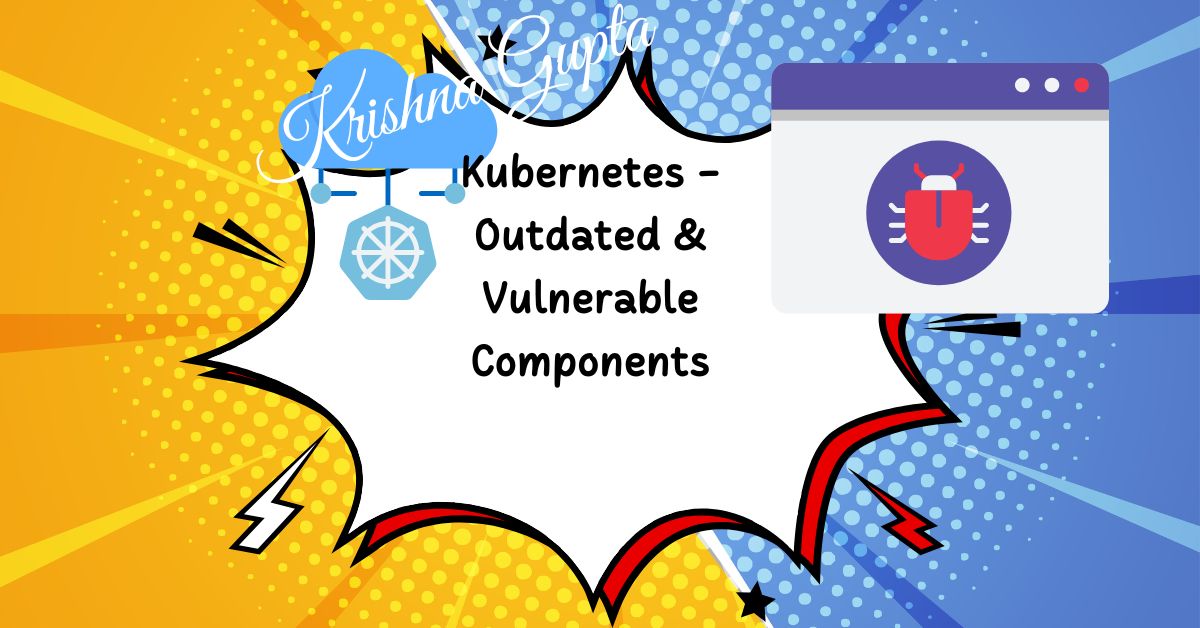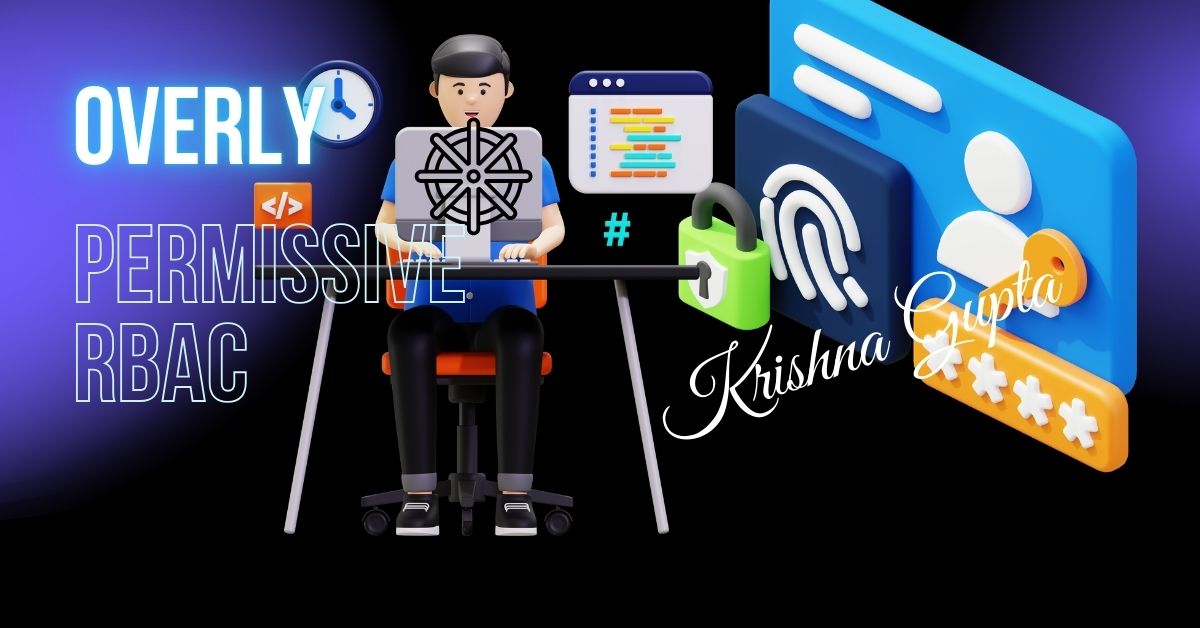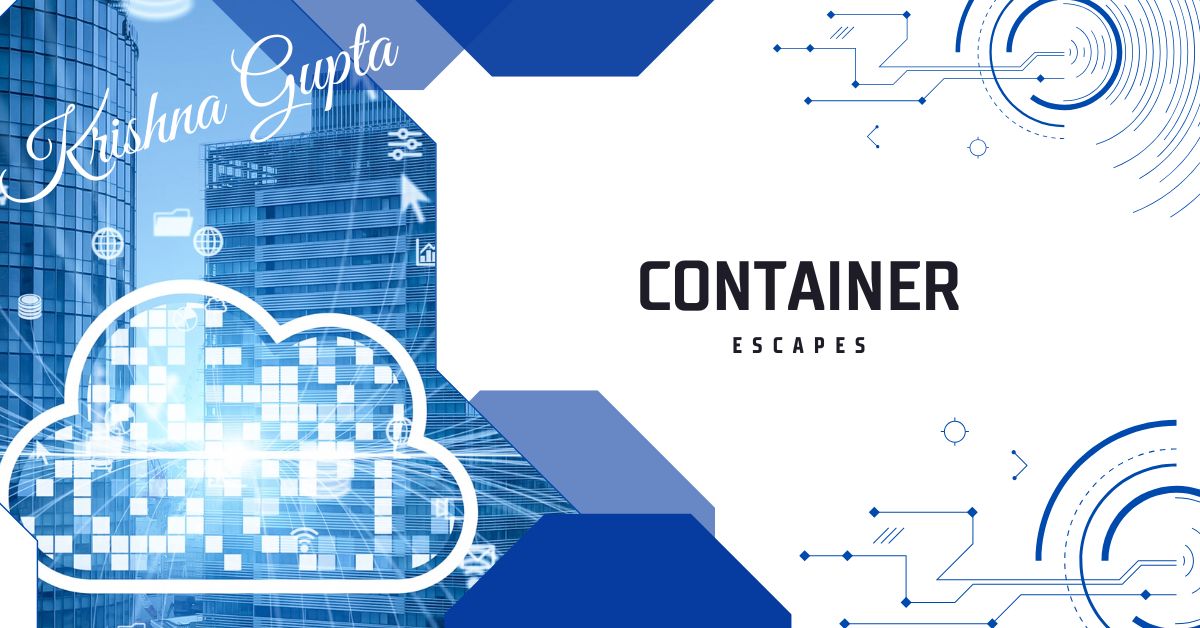OWASP Kubernetes Top Ten – K10: Outdated and Vulnerable Kubernetes Components
Kubernetes has become the de facto standard for container orchestration, offering scalability, flexibility, and automation for modern applications. However, as its adoption grows, so do the security risks associated with misconfigurations, outdated components, and unpatched vulnerabilities. The OWASP Kubernetes Top Ten (K10) highlights critical security issues within Kubernetes environments, and K10: Outdated and Vulnerable Kubernetes Components specifically addresses the risks of running obsolete or insecure Kubernetes elements.



